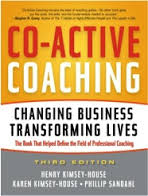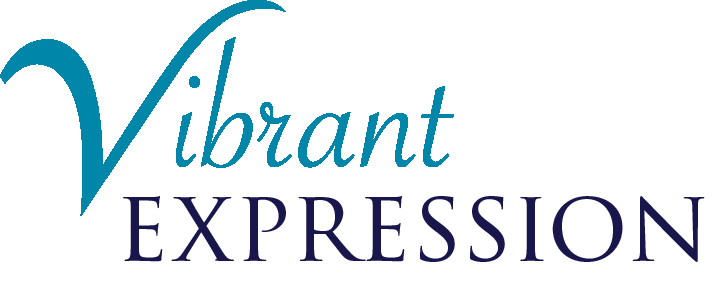[separator top=”15″]
[one_fifth last=”no”]

[/one_fifth]
[four_fifth last=”yes”]
Written by the founders of The Coaches Training Institute.
Co-Active Coaching is a powerful resource for anyone working within the coaching profession. The Co-Active model, which defines the coaching relationship as an active collaboration between the client and the coach, is based on the assumption that people are “naturally creative, resourceful, and whole.” Full of thoughtful exercises, relevant examples and concrete advice, this text is clear, direct, easy to read, and inspiring.
[/four_fifth]
[separator top=”10″]
[separator top=”-10″]
Four Cornerstones
Core Principles (client’s motivation) Fulfillment = intentionally choosing to honor your values, * articulate, prioritize, and clarify values Balance = making choices aligned with a compelling vision * name the limited perspective on a concrete issue Process = fully experience the repressed emotion in this moment * name it, invite exploration, ask permission, accept the feeling Five Contexts (essential elements) of Coaching 1. Listening – to self, to client, to client with more awareness
2. Intuition – listening below the surface, inspired “knowing” 3. Curiosity – Simply looking, without attachment. 4. Forward (action) and Deepen (learning) = coach’s job Structure = a device that reminds clients to be in action Accountability What? When? How will I know? 5. Self-Management = self-awareness and recovery * Clear and ground before appointments As coach models, client learns | Coaching conversation = focused, concentrated, safe, courageous Designed Alliance = explicit agreement for coaching relationship Homeostasis = natural, often subconscious, resistance to change WARNING! The decision to change awakens the ‘Saboteur.’ The coaching relationship (not the coach) empowers the client. 1. Honor confidentiality. “Safe” does not mean comfortable. 2. Trust in the client’s capacity and integrity. Be punctual. 3. Have courage to tell the truth, without judgment. 4. Openness and Spaciousness
Coaching Skills Articulate = succinctly describe what is going on Recover = notice the disconnection, name it, reconnect Clearing = venting, to become present; push to get it all out Clarify = listen, ask, reframe, bring sharp focus, add detail Reframe = interpret information differently, to open possibility Make Distinctions = separate entangled facts, Meta-view = high level perspective, reveals underlying theme Metaphor =imagery/experience to facilitate comprehension Acknowledge = recognizes inner character, honored value, Championing = standing up for the client when they self-doubt Bottom-Lining = get to the point Intrude = interruption to refocus/redirect the conversation Blurt = speak on impulse, be authentic Asking Permission* = gives client responsibility for the coaching Powerful Questions =provocative, open-ended, introspective, Homework Inquiry = open-ended, powerful question (for HW) Goal Setting = manageable, specific and measurable actions Brainstorm = extend, build on client ideas; no evaluation Request = state request, then ask for commitment (will you?) Challenge = extreme request, forces greater counter offer |
